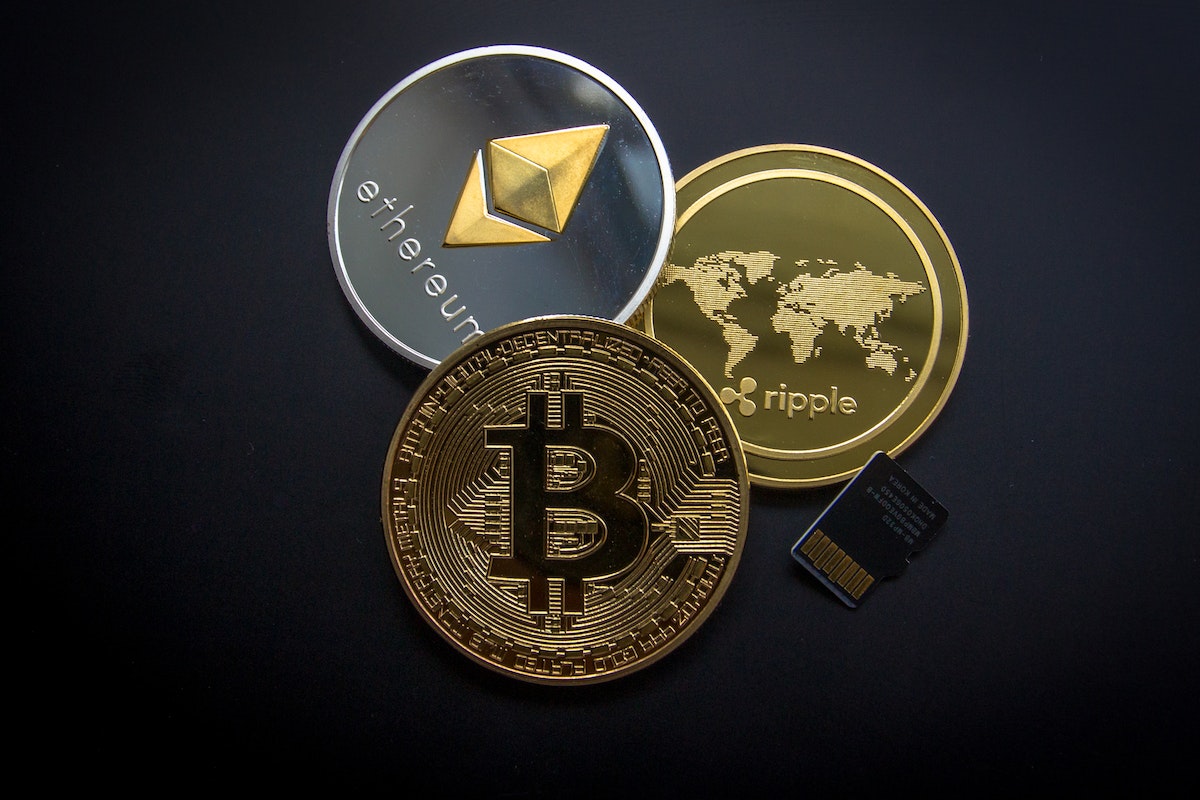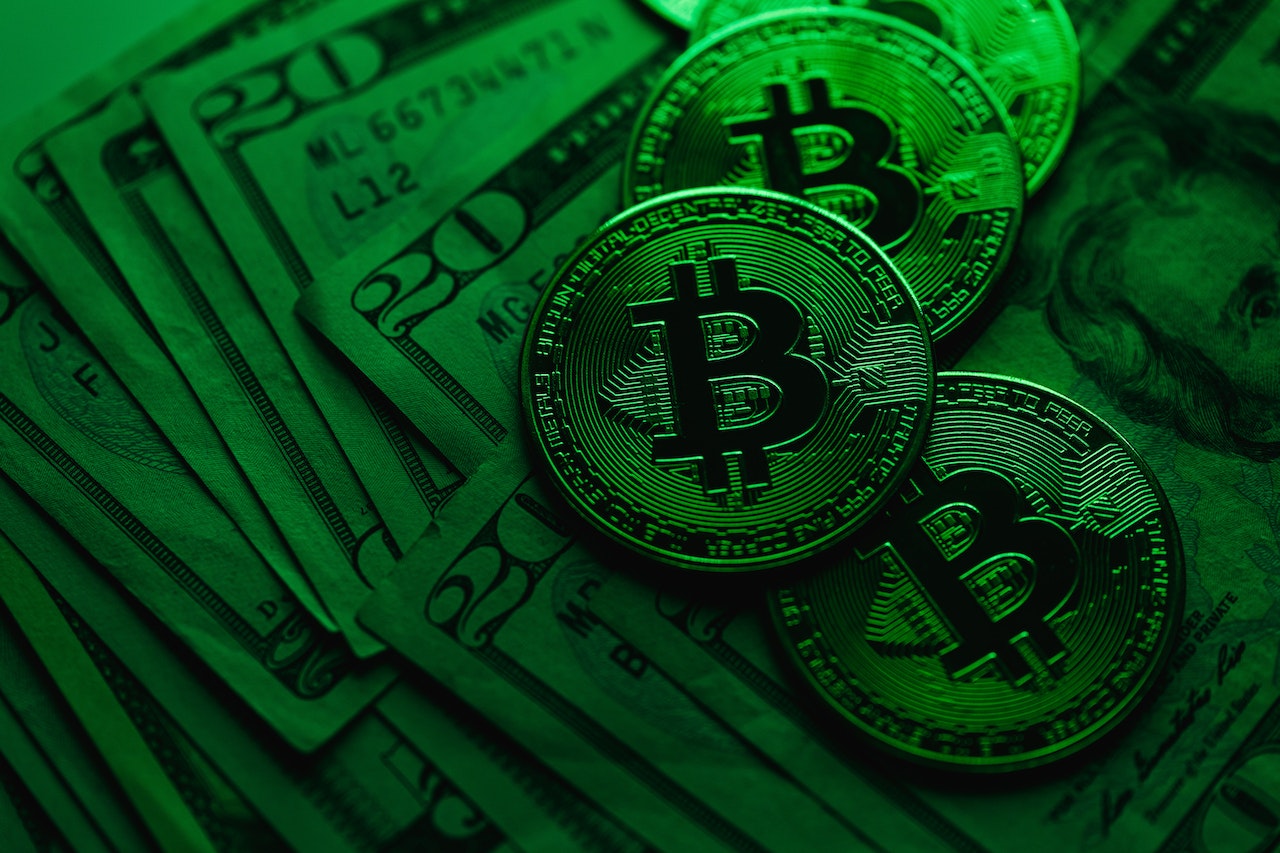Blockchain technology has revolutionized many industries around the world by providing efficient solutions. Blockchain supports the use of digital currencies, which have become a major focus in many industries, including the financial and investment sectors.
The realm of Financial Analytics for small businesses can cover many specialties, but blockchain is disrupting them from end to end. New developments have proven to be even more promising.

Scroll on and you’ll find out:
- Аpplication of blockchain technology in the finance industry
- Share Price Tracking and Analysis: Challenges and Limitations
- The Importance of Real-time Data in Stock Trading
- Ways Blockchain Can Improve Share Price Tracking and Analysis
- Blockchain to enable the accessibility of predictive analytics
- Future prospects and challenges for blockchain-based solutions in finance
Well, if you are ready to dive into the world of blockchain and find out what role it plays in the financial sector, I dare not hold you back!
Application of Blockchain Technology in the Financial Industry
Blockchain technology has a huge potential to revolutionize the financial industry by enabling secure, clear and efficient transactions. Let’s take a look at examples of blockchain use in the financial sector:
| Payment transactions and money transfers | Сan help make direct payments and money transfers without the need for intermediaries, such as banks. Blockchain-based payment systems can reduce transaction costs, speed up transfers, and guarantee greater security and privacy. |
| Asset tokenization | can provide partial management and trading of such assets, making these investments accessible to a much wider range of investors. |
| Smart contracts | can facilitate the automation of financial agreements and transactions, reducing the need for intermediaries and increasing their productivity. |
| KYC/AML compliance | can enable the secure and timely exchange of customer KYC and anti-money laundering (AML) information between different financial institutions, reducing the cost and time required to comply with regulatory requirements. |
| Trade finance | can facilitate trade finance processes by ensuring that transactions are secure and transparent. |
Overall, blockchain technology has a great chance of transforming financial services by increasing productivity, reducing costs, and improving security and transparency. However, the widespread adoption of blockchain in financial services will require cooperation between industries and regulatory certainty.
Share Price Tracking and Analysis: Challenges and Limitations
Tracking and analyzing stock prices can provide investors and traders with valuable information to help them make informed decisions about buying and selling stocks. However, there are several challenges and limitations associated with this type of analysis. Here are some of the most important ones:
Stock prices can be very volatile, making it difficult to accurately plan for future price changes.
Stock price data can contain errors, inconsistencies, and delays, which can negatively affect the accuracy of the analysis.
Historical share price data may be scarce, especially for newer companies, which may make it difficult to identify long-term trends and patterns.
This can make it difficult to make informed decisions based on the analysis.
Emotions and biases can also influence the results of tracking and analyzing stock prices, which can affect investment decisions.
Access to stock price data and analysis tools may be limited or costly, especially for individual investors.
Overall, while monitoring and analyzing stock prices can provide valuable information for investors and traders, the challenges and limitations associated with this type of analysis should be considered. Therefore, investors should take into account a number of circumstances, including market trends, previous data and other external factors.
The Importance of Real-time Data in Stock Trading
Real-time data is extremely important for stock trading because it provides traders with the most up-to-date information about market conditions, stock prices, and other factors that may affect their investment decisions. Let’s take a look at a few reasons why real-time data is important for stock trading:
Prompt decision-making: Real-time data allows traders to make informed and timely investment decisions.
High accuracy: Real-time data allows traders to get accurate and verified information, which prevents possible mistakes that can lead to significant losses.
Having real-time data can give traders a competitive edge in the fast-paced world of stock trading. They can quickly track investment opportunities and stay ahead of the competition.
Risk management: By following market developments and stock prices in real time, traders can quickly change their investment decisions and minimize potential losses.
Ultimately, real-time data is a very important element for traders in today’s environment and stock trading. With access to real-time data, it is possible to make more informed and accurate investment decisions, control your investment risks, and outperform your competitors.
Ways Blockchain Can Improve Share Price Tracking and Analysis
Blockchain can improve the tracking and analysis of stock prices by providing access to a secure and reliable platform for data exchange between market participants, as well as automating some processes.
Below are examples of how blockchain can improve stock price tracking and analysis:
| Stock tokenization | Blockchain can enable the tokenization of stocks. This allows investors to trade stocks more mobile and create diverse portfolios, and opens up the possibility for small investors to participate in stock trading that was previously inaccessible to them. |
| Decentralized exchanges | This reduces transaction costs and increases the speed of exchange. |
| Smart contracts | Can facilitate some processes related to stock trading with blockchain-based smart contracts. |
| Ownership history tracking | This ensures transparency and consistency of share ownership, reducing the risk of fraud or errors in ownership documents. |
| Real-time data exchange | Blockchain can facilitate the exchange of real-time data between market participants, providing them with access to updated information on market conditions, stock prices, and other important factors. |
In general, blockchain can help improve the process of tracking and analyzing stock prices by providing a transparent, reliable, and efficient platform for data exchange and optimization of certain processes. This can lead to increased market efficiency, reduced transaction costs, and improved investment decision-making for investors.
Blockchain to Enable the Accessibility of Predictive Analytics
Blockchain Association is the process of analyzing and interpreting data that is stored on a blockchain.
It involves using specialized softwares and techniques to extract information from the blockchain and gain insights into the behavior of users, transactions, and other aspects of the blockchain ecosystem.
Blockchain technology can potentially provide access to predictive analytics in several ways:
Secure data exchange: Blockchain enables the secure exchange of data between different entities without the need for trusted third-party intermediaries. This can help make predictive analytics accessible to a wider range of stakeholders, even those who have never had access to the data they need before.
Transparency: This helps to build trust between stakeholders and increase the efficiency of the decision-making process.
Smart contracts: You can automate the execution of predictive analytics algorithms, ensuring that they are used for their intended purpose, without interference or tampering.
Decentralized governance: can help ensure that predictive analytics algorithms are developed and executed fairly and openly, without the need for any single organization to control the process.
As such, blockchain has a great chance to become a more reliable and accessible platform for predictive analytics, allowing a wider range of people to benefit from the data that can be obtained through the application of these effective algorithms.
Future Prospects and Challenges for Blockchain-Based Solutions in Finance
Blockchain-based solutions have already revolutionized the financial industry, and there are still many opportunities for the technology to be used in the future.
Below are some future prospects and challenges for blockchain solutions in the financial sector:
| Prospects: | Challenges |
| Blockchain technology can help to optimize and streamline many financial processes, which will facilitate faster and more efficient financial transactions. | The regulatory environment for blockchain-based solutions is still ambiguous in most jurisdictions, which can cause problems for businesses looking to implement these solutions. |
| Blockchain technology provides a reliable and tamper-proof record of transactions, which can prevent fraud and increase security in the financial system. | Different blockchain networks may have different technical standards, which can create interoperability issues when trying to connect different systems. |
| Blockchain technology can help reduce costs associated with intermediaries | Blockchain technology still faces scaling issues, particularly when it comes to processing large numbers of transactions. |
| Blockchain technology can provide an open and verifiable record of financial transactions, which can help increase confidence in the financial system. | there are still risks associated with hacking and cyberattacks that threaten financial institutions and their customers, despite the fact that blockchain technology is designed to ensure security. |
| Blockchain technology can enable new business models, such as decentralized finance (DeFi), which create new prospects for financial inclusion and innovation. | The adoption of blockchain solutions in the financial environment may be slowed by a lack of knowledge and understanding among businesses and consumers, as well as the need for substantial investment in new infrastructure and systems. |
Overall, although there are many challenges associated with blockchain solutions in the financial sector, their potential benefits are substantial, and this technology is likely to play an increasingly important role in the financial industry in the coming years.
Conclusion
Blockchain technology can have a significant impact on improving the accuracy and speed of tracking and analyzing stock prices. However, the use of this technology should be carefully considered and aligned with reliable data sources to ensure maximum efficiency and accuracy.
If you want to gain an understanding of how blockchain-based solutions can improve your stock market experience by enhancing price tracking and analysis, then you’ve definitely come to the right place! OmiSoft specialists will be happy to help you. Just contact us here.














